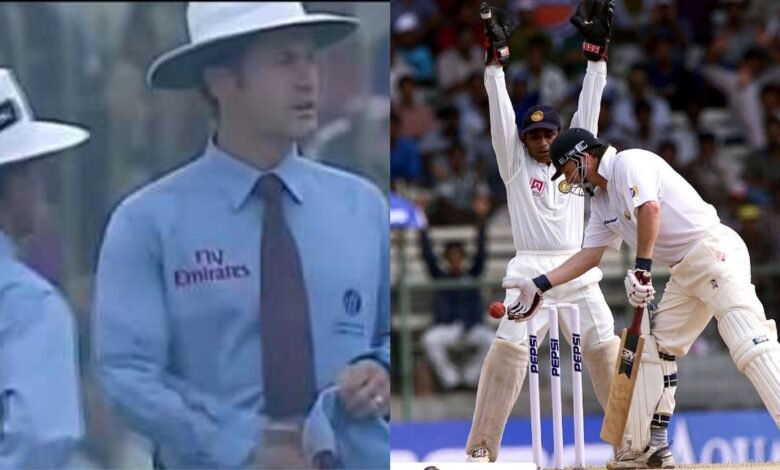
Rarest forms of dismissal in Test Cricket: Test cricket is an ancient and rigorous game that serves as the ultimate test of a player’s talent, temperament, and endurance. Its origins can be traced back to 1877 when Australia and England played the first-ever Test match in Melbourne. Since then, 12 different teams have competed in 2387 Test matches over 143 years, resulting in over 73000 dismissals.
In cricket, a dismissal refers to the moment when a player loses his wicket. Under the current rules of the game, there are 11 ways a player can be removed, but the most common types of dismissal are bowled, caught by a fielder (including the bowler and wicketkeeper), stumped, leg-before-wicket (LBW), and run out.
Together, they account for almost 99% of all dismissals recorded in Test history, with the most frequent type being caught by a fieldsman, comprising 58% of all dismissals. Other types of dismissal, such as striking the ball twice, handling the ball, blocking the field, timed out, hit wicket, and retiring out, are extremely rare, accounting for fewer than 1% of all dismissals.
Handled the Ball is one of the rarest forms of dismissal in Test cricket
Handled the ball is one of the least common types of dismissals in Test cricket, where a batsman intentionally uses their hand that is not in contact with the bat to touch the ball.
Since 1957, there have been only seven instances of this form of dismissal in Test cricket, with the most recent being Michael Vaughan of England in 2001.
Retired Out is another of the rarest forms of dismissal in Test cricket
Retired out is another rare type of dismissal in Test cricket, defined by the Marylebone Cricket Club’s Law 25. It occurs when a player leaves the field of play without the umpire’s consent and does not have the approval of the opposing captain to resume their innings.
Only two players have ever been retired out in Test history, both in the same match between Sri Lanka and Bangladesh in 2001. This kind of dismissal differs from retired injured, where a player departs due to an injury or illness and requires medical attention.
Obstructing the Field
Obstructing the field is the rarest form of dismissal in Test cricket, occurring only once in the game’s history. It happened in 1951 during a test match between England and South Africa in London when Sir Leonard Hutton was found guilty of obstructing the field.
During the match, Hutton, who was playing his 100th Test innings, swished his bat around and did not make contact with a ball that had passed him. The South African fielders appealed, and Hutton was dismissed for obstructing the field, making him the only player in Test history to be dismissed in this manner.



